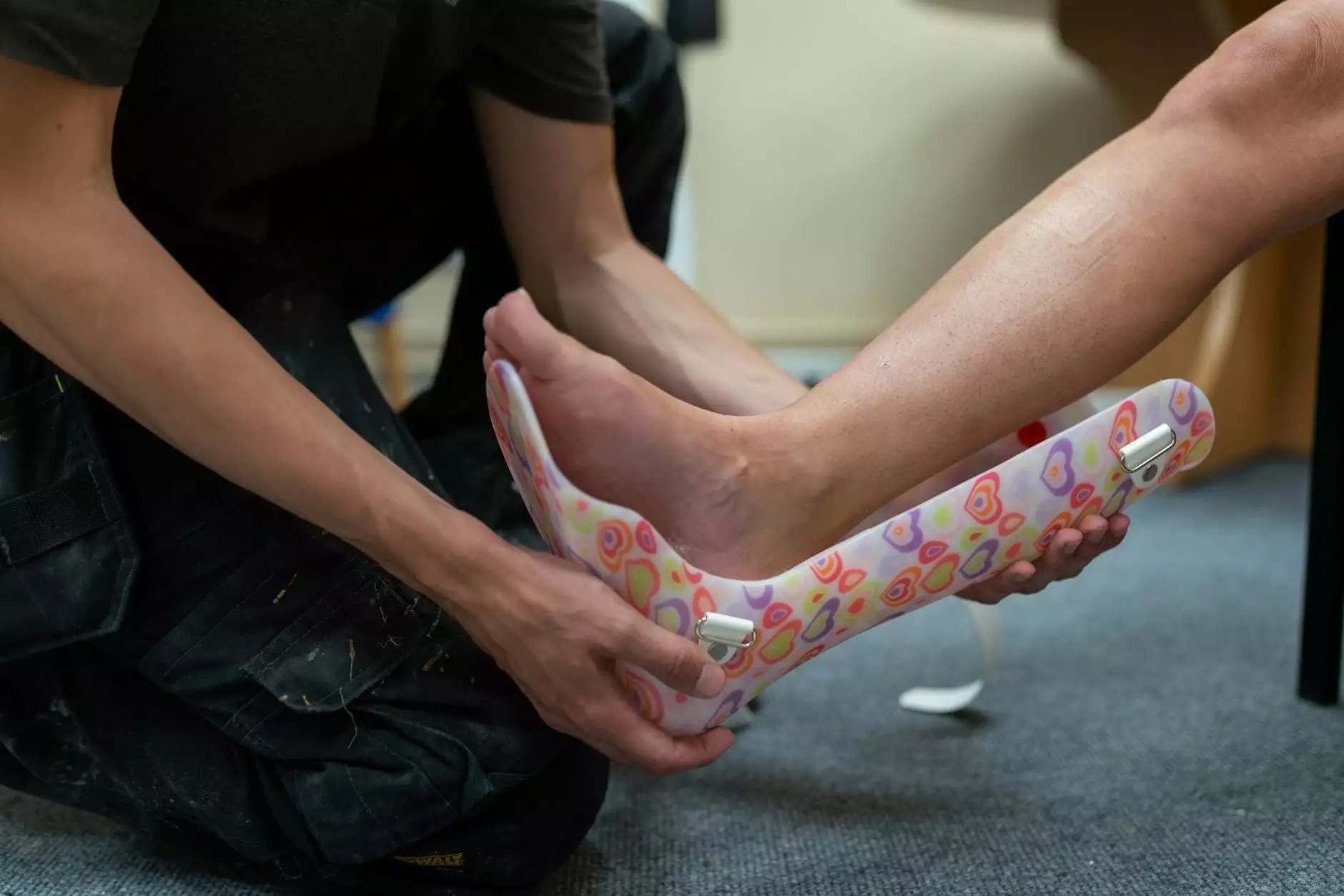Understanding T2 T3 Spine Pain: Causes, Symptoms, and Treatment Options

T2 T3 spine pain refers to discomfort or pain that originates in the thoracic spine region, specifically in the areas of the second (T2) and third (T3) thoracic vertebrae. This condition can significantly affect your daily activities and overall quality of life. In this article, we will delve deep into the causes, symptoms, diagnosis, and treatment options available for those suffering from T2 T3 spine pain.
What is the Thoracic Spine?
The thoracic spine is an essential component of the human skeletal system, consisting of 12 vertebrae (T1 to T12). Located between the cervical (neck) and lumbar (lower back) regions, the thoracic spine plays a vital role in maintaining upper body posture and protecting the spinal cord. The T2 and T3 vertebrae are situated just below the neck, making them susceptible to injury and strain.
Identifying T2 T3 Spine Pain
Symptoms of T2 T3 Spine Pain
Individuals suffering from T2 T3 spine pain may experience a variety of symptoms, including:
- Localized Pain: Sharp or dull pain around the T2 and T3 vertebrae, which may worsen with certain movements.
- Radiating Pain: Discomfort that spreads to the shoulders, upper back, or chest.
- Muscle Spasms: Involuntary contractions of muscles near the thoracic region leading to further discomfort.
- Numbness or Tingling: Sensations that may radiate down the arms, indicating possible nerve involvement.
- Stiffness: Reduced mobility and increased tension in the back muscles, particularly after periods of inactivity.
Causes of T2 T3 Spine Pain
Understanding the causes of T2 T3 spine pain is essential for effective treatment. Common causes include:
- Injuries: Sports injuries, falls, or accidents leading to trauma.
- Poor Posture: Prolonged sitting or standing in improper positions, particularly with computer use.
- Degenerative Disc Disease: Wear and tear on spinal discs can contribute to pain and discomfort.
- Herniated Discs: Discs that protrude can impinge on nerves, leading to pain.
- Muscle Strain: Overuse or lifting heavy objects can lead to strains in the muscles supporting the spine.
- Medical Conditions: Conditions such as osteoporosis or scoliosis can contribute to thoracic spine pain.
Diagnosing T2 T3 Spine Pain
If you're experiencing symptoms of T2 T3 spine pain, it is crucial to seek a professional diagnosis. The diagnostic process may include:
- Physical Examination: A comprehensive evaluation by a healthcare professional to assess posture, range of motion, and pain location.
- Medical History: Discussing your symptoms, previous injuries, and overall health.
- Imaging Tests: X-rays, MRI, or CT scans to visualize the spine's structure and identify underlying issues.
Treatment Options for T2 T3 Spine Pain
Treatment for T2 T3 spine pain can vary based on the severity and cause of the pain. Here are some effective treatment options:
1. Chiropractic Care
Chiropractic treatment focuses on spinal manipulation to alleviate pain and improve function. Chiropractors can help align the vertebrae and relieve pressure on nerves. Regular visits to a chiropractor can lead to:
- Pain Relief: Reduction in pain levels and a decrease in muscle spasms.
- Improved Mobility: Enhanced range of motion in the thoracic spine.
- Posture Correction: Guidance on maintaining proper posture to prevent future issues.
2. Physical Therapy
Physical therapy involves a structured program of exercises designed to strengthen the back muscles, improve flexibility, and promote healing. A physical therapist can provide:
- Customized Exercise Programs: Tailored to your specific condition and fitness level.
- Manual Therapy: Hands-on techniques to relieve pain and restore function.
- Education: Awareness about body mechanics to prevent further injury.
3. Medications
Over-the-counter pain relievers (such as ibuprofen or acetaminophen) can provide temporary relief of T2 T3 spine pain. For more severe pain, a healthcare provider may prescribe:
- Muscle Relaxants: To alleviate muscle spasms.
- Strong Painkillers: For short-term relief of acute pain.
4. Corticosteroid Injections
For individuals experiencing persistent pain, corticosteroid injections may help reduce inflammation and provide relief for several weeks or months.
5. Surgery
In rare cases where conservative treatments fail, surgical options may be considered, such as:
- Discectomy: Removal of herniated disc material to relieve pressure on nerves.
- Laminectomy: Removal of part of the vertebra to create more space for the spinal cord.
Preventing T2 T3 Spine Pain
Prevention is key in managing and reducing the risk of T2 T3 spine pain. Here are some effective strategies:
- Maintain Good Posture: Be mindful of your posture when sitting or standing. Use chairs that support your back and feet flat on the floor.
- Ergonomic Workspaces: Set up your workspace to promote spinal health. Use computer monitors at eye level and invest in supportive seating.
- Stay Active: Regular exercise can strengthen back muscles and improve flexibility.
- Stretching: Incorporate stretching into your daily routine to maintain flexibility.
- Warm Up Before Exercise: Ensure you properly warm up to prevent injuries while exercising.
Conclusion
T2 T3 spine pain can significantly impact your daily life, but understanding its causes, recognizing symptoms, and exploring treatment options can lead to relief. With the right approach—whether through chiropractic care, physical therapy, or preventive measures—individuals can manage their symptoms effectively and enjoy a return to their normal activities. If you are struggling with T2 T3 spine pain, consider reaching out to professionals who specialize in chiropractic and physical therapy for tailored support and guidance.
To learn more about managing thoracic spine pain and accessing the best healthcare services, visit IAOM-US.com, where a team of dedicated health professionals is ready to assist you in your journey to better health.









